PROPERTY investors are looking for the next best thing to invest in. However, not many know the trend these days is buildings with sustainable green features.
Many would say the cost of green-rated buildings is high, but what they fail to take into consideration is the long-term cost savings, which more than compensates for the initial payment for these properties.
The question on everyone's minds is — should buildings be green? The simple answer is yes.
According to Mother Nature Network, building owners hoping to attract new tenants and keep existing ones are finding that they need to commit to green upgrades. The Empire State Building in New York City, for example, is undergoing an energy efficiency renovation, costing US$500 million (RM1.62 trillion).
Energy cost reductions is one way companies can cut back on their expenses and meet corporate sustainability goals.
In Malaysia, the feed-in-tariff (FIT) restricts distribution licensees to buying the electricity produced from renewable resources (such as solar panels and photovoltaic cells) from feed-in approval holders. Also, purchasers of green building index (GBI) certified buildings can enjoy a stamp duty exemption. This is to encourage developers to build green-rated buildings.
Regardless of the cost reduction in electricity, one should not have to be persuaded to go green, as living in a sustainable and green environment is also good for your health and the environment.
Sustainable design technology enhances a resident's overall quality of life by improving air and water quality, as well as reducing noise pollution. According to a 2006 study by the University of California's Center for the Built Environment, green office buildings improve productivity and employee satisfaction in the workplace.
Implementing green practices also helps to reduce waste, conserve natural resources, improve air and water quality, and protect ecosystems and biodiversity.
We have a limited amount of resources available. If we want our future generations to enjoy the same standard of living as we've experienced, we need to take action.
Here are some alarming facts to ponder (source of information in brackets):
1.As much as 50% (or 1.2 to 2 billion tonnes) of food produced annually around the world, ends up as waste. (Institution of Mechanical Engineers)
2.The amount of wood and paper we throw away is enough to heat 50 million homes for 20 years. (planetpals.com)
3.Computers pose an environmental threat because much of the material used to make them, is hazardous. A typical monitor contains four to five pounds of lead. (CIPACS.org)
4.The garbage in a landfill stays for about 30 years. Plastics take 500 years to decompose, aluminium cans take 500 years, organic material, cotton, rags and paper take six months. (planetpals.com)
5.US airlines throw away enough aluminium cans every year to build 57 new 747s. (thedailygreen.com)
6.Every ton of recycled office paper saves about 380 gallons of oil. (American Forest and Paper Association)
7.We use 12,000 gallons of water every day — one-third of which is used to flush the toilet. A simple breakdown of our water usage per day reveals that we use three to seven gallons of water in our toilets, 25 to 30 gallons in our bathtubs, 20 to 70 gallons for a 10-minute shower, 25 to 40 gallons for one washing machine load, and nine to 12 gallons for one dishwasher load. (planetpals.com)
8.Malaysia used to consume about 380,000 tonnes of paper annually. The amount increased to about 1.2 million tonnes in 2010. Recycling one short tonne of paper can save 17 mature trees, 7,000 gallons of water, three cubic yards of landfill space, two barrels of oil, and 4,100 kilowatt-hours of electricity — which is enough energy to power the average home for six months. (Bureau International des Expositions)
9.2010 was the hottest year the world had witnessed since record keeping began about 130 years ago. (dailygreen.com)
10. There has been a 35% increase in global carbon dioxide emission from the burning of fossil fuels, since the Kyoto Protocal was signed in 1992. The Kyoto Protocol is a treaty intended to bring countries together to reduce global warming. (Climate Action Network Australia)
11.The amount of energy consumed each year by UK commerce and industry, releases about 60 million tonnes of carbon into the atmosphere. (Digest of UK Energy Statistics)
12.An average home emits more harmful CO2 gases than the average car. (East Tennessee State University)
13.The average household spends about £400 (RM1,974.87) on energy bills between October and March, translating to a third more than an energy-efficient home. (East Tennessee State University)
14.Domestic energy consumers in the UK spend approximately two-thirds of their annual energy bill during the winter months. (East Tennessee State University)
15.One bus can carry as many people as 40 single-occupant cars. (CIPACS.org)
16.It takes 90% less energy to recycle aluminium cans than it does to make new ones. (CIPACS.org)
17.Billions of used batteries are thrown away in the US each year. This constitutes 88% of the mercury and 54% of the cadmium deposited in our landfills. (planetpals.com)
18.By 1995, over 200 of the world's landfills were full. (planetpals.com)
19.Using one energy-saving light bulb could save you RM25 a year. If every household installed one, we could power the lighting currently-used in two million homes for a year. (US Department of the Environment, Transport and Regions)
20.Urban air pollution causes 800,000 premature deaths each year. (sustainablebraintree.org)
This story first appeared in The Edge weekly edition of Aug 19-25, 2013.
TOP PICKS BY EDGEPROP

De Tropicana Condominium
Kuchai Lama, Kuala Lumpur

Pangsapuri Akasia, Bandar Botanic
Bandar Botanic/Bandar Bukit Tinggi, Selangor

Pangsapuri Akasia, Bandar Botanic
Bandar Botanic/Bandar Bukit Tinggi, Selangor

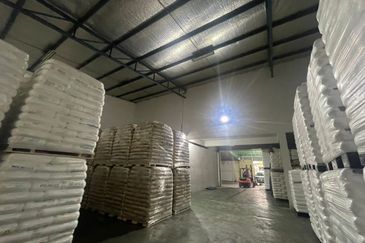
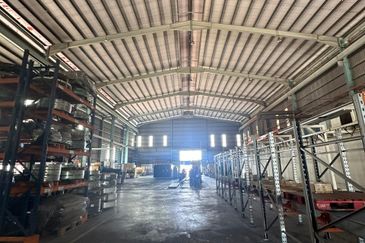
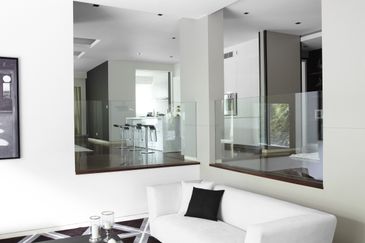
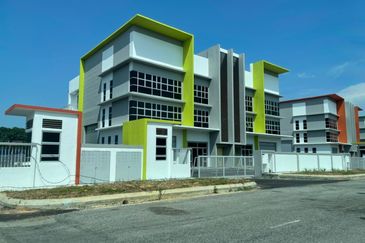
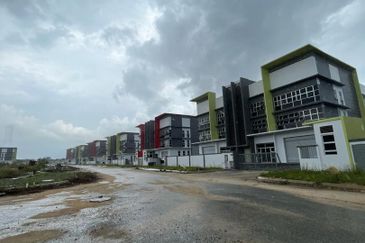
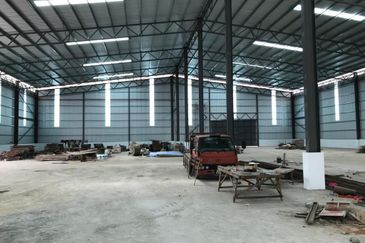







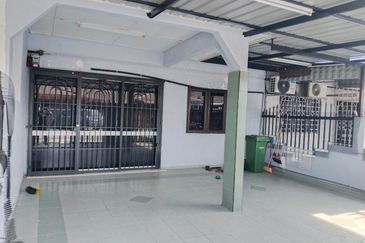
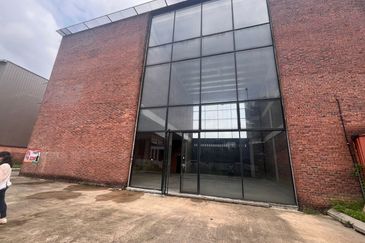

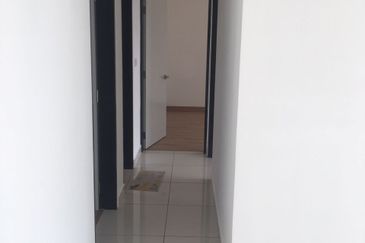
hero.jpg?GPem8xdIFjEDnmfAHjnS.4wbzvW8BrWw)



